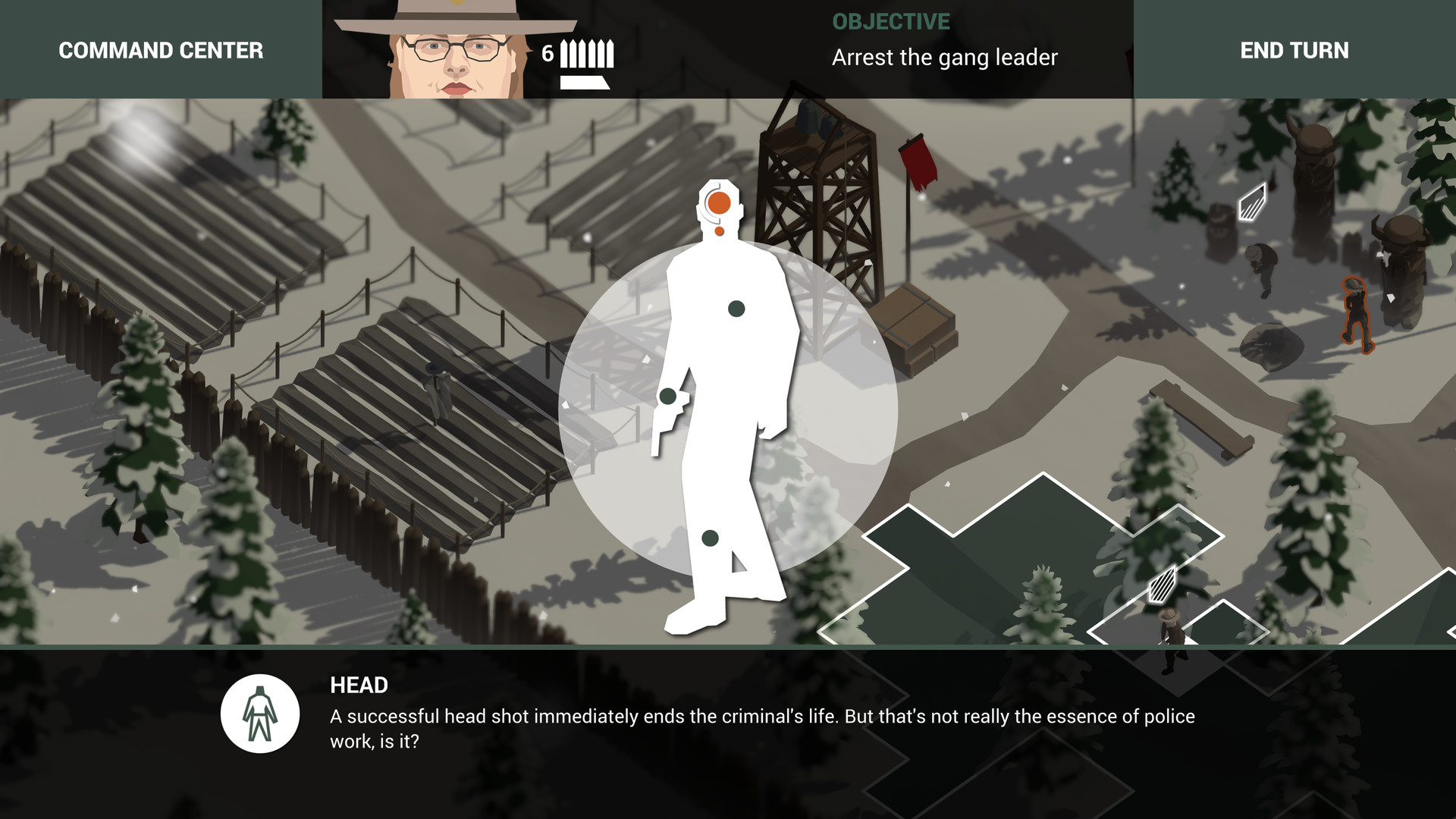

Dubbed " semidocumentary films" by movie critics, these motion pictures, often filmed on location, with the cooperation of the law enforcement agencies involved in the actual case, made a point of authentically depicting police work. The procedural became more prominent after World War II, and, while the contributions of novelists like Treat were significant, a large part of the impetus for the post-war development of the procedural as a distinct sub-genre of the mystery was due, not to prose fiction, but to the popularity of a number of films which dramatized and fictionalized actual crimes. Richardson's First Case, 1933, by Sir Basil Thomson, former Assistant Commissioner of Scotland Yard, and the short story collection Policeman's Lot, 1933, by former Buckinghamshire High Sheriff and Justice of the Peace Henry Wade. Even earlier examples, predating Treat, include the novels Harness Bull, 1937, and Homicide, 1937, by former Southern California police officer Leslie T.


Another early example is Hillary Waugh's Last Seen Wearing. There were earlier precedents, but Lawrence Treat's 1945 novel V as in Victim is often cited as perhaps the first "true" police procedural. 5.2 According to the Mystery Writers of America (1995).5.1 According to the (UK) Crime Writers' Association (1990).2.3 Elizabeth Linington/Dell Shannon/Lesley Egan.


 0 kommentar(er)
0 kommentar(er)
